The Electromaker Show Episode 5
Welcome to the Electromaker Show episode 5! This week, the week of June 29, 2020 saw several cool Electromaker project uploads, an Arduino calculator, Doom 3 on the Raspberry Pi 4, and more! Check out the latest happenings across the maker, embedded, and crowdfunding spaces!
Cool Electromaker Projects You can't Miss
Anyone, including YOU, can upload a project to be featured on Electromaker. And this week, we were thrilled at the high-quality submissions. As an avid gamer, I fell in love with the Half-Life franchise. While I first played the original Half-Life on my PlayStation 2 (before you knock it, the PS2 port of HL is one best PC to console ports and features some stellar menu music). Later, I went back and revisited it on PC along with the rest of the series. And when I learned of a virtual reality (VR) continuation of the franchise in Half-Life: Alyx, I began searching for a VR headset specifically to play it, settling on a Samsung Odyssey+.
The flagship VR game from Valve, Half-Life: Alyx features several in-game mechanics that make it one of the best virtual reality games ever created. One of those elements is a set of gloves that the titular Alyx Vance wears. Outfitted with various components, Alyx's gloves let you push and pull items to you, similar to the Gravity Gun from Half-Life 2. Not only is it a neat gadget, but it overcomes a challenge of VR: exploring an expansive digital world in a confined physical space. And you can build your own Half-Life: Alyx inspired gloves! Decked out in sensors that emulate the look and feel of the gloves from Alyx, Electromaker user Ephex includes temperature, pressure, humidity, altitude, light, and distance sensors. The Arduino-powered gloves not only look super cool, but they're functional and stylish. Ok, maybe don't take my fashion advice.
Snake? Snake! Snaaaake! Metal Gear Solid remains one of the best gaming franchises in video game history. The long-running series combines several different genres including action and stealth. In the Metal Gear Solid game world, there's an artificial intelligence (AI), Sons of the Patriots (SOP), monitoring every solder with nanomachines that controls equipment. As such, weapons are controlled by the AI.
This modified Nerf gun has been modded to act like the SOP. There's a fingerprint sensor, GPS tracker, and Raspberry Pi Zero. That way, it provides similar functionality wherein the Nerf gun won't fire unless it's being used by the right person in the right place, and luckily you won't have to slog through the hassle of injecting yourself with nanomachines. The SOP System Metal Gear Solid inspired Nerf gun is brought to you by maker, video gamer, and pop culture enthusiast Mike Darby whose other projects include influence from the likes of Marvel and Doom.
Calcuduino
A portmanteau of calculator and Arduino, the aptly-named Calcuduino is a neat project. It's a calculator with the parts comprises od an Arduino on a PCB. Unlike your Ti-83, it can't run Doom, but the Calcuduino performs its function well. The PCB is available on Tindie, and rocks a CH340 USB to serial that transfers sketches to the microcontroller unit (MCU). Then, there's a MAX7219 7-segment display. But it's a versatile little device. Adding different hardware components paired with software sketches lets you perform functions such as playing music, showing letters to spell words, and creating a countdown timer.
Alexa-powered Accessible LEGO Chess Player
"Alexa, play chess." Smart virtual assistants are everywhere, from portable Bluetooth speakers to connected thermostats. Using software such as Mycroft, you can even transform your Raspberry Pi into a voice assistant. CodersCafe cobbled together a fantastic Amazon Alexa-powered LEGO chess player. It's an interactive game that's built with a LEGO Mindstorm EV3 Kit. Moreover, the Alexa LEGO chess player is accessible for anyone to use.
The LEGO Mindstorm is an ARM-powered Linux single-board computer (SBC). Mating this to an Alexa voice assistant, a robot with a magnet allows players to give voice commands of coordinates for moving chess pieces around the board. As such, it's possible to play a game of chess without the need to touch the board. It's the sort of project that treks into prototype territory. I could totally see something like this being polished and packaged as an off-the-shelf solution for anyone to buy.
Low Spec Gamer Raspberry Pi 4 Gaming
It's no secret that the Raspberry Pi is a popular gaming platform. Using the retro gaming emulation operating systems such as RetroPie, Recalbox, Batocera, and Lakka you can run tons of old ROMs on the Pi. Plus, the Raspberry Pi can handle native games such as Minecraft and Quake III Arena. Then there's game streaming via Steam Link which lets you stream video games from a host PC to the Pi. While maxing out games to run at 4K offers eyecandy to bask in, it's fun to push the limits of hardware.
Advancements in Raspberry technology such as Box86 and a new Vulkan driver have led to emulation of x86 applications on the Pi. Using Box86, I was able to install several full-fledged x86 PC games from my Steam library including Broken Sword 5 - The Serpent's Curse. Low Spec Gamer managed to get a slew of full PC games running natively on the Raspberry Pi 4 including dhewm3, a port of Doom 3. Admittedly and unexpectedly, you'll need to bump the resolution down to get it working. Low Spec Gamer found that Doom 3 on the Pi 4 hit around 60 frames per second (FPS) during cutscenes and nearly 30 FPS during gameplay.
Similarly, the full version of Java Minecraft ran on the Raspberry Pi. Not Minecraft Pi, or a Minecraft server, but the complete CPU-intensive Java Minecraft game. It's more of a conceptual experiment than a practical solution for playing Minecraft. But as Low Spec Gamer shows, it's possible to run a lot of older titles and indie games like Celeste on the Pi. You can install Box86 on your own or use an operating system such as Twister OS that includes Box86 pre-installed.
Community Project Round-Up
When I was in fourth grade (the year I shall not reveal so as to avoid carbon dating myself), I don't quite recall the curriculum but it was likely basic mathematics, English, and history. Perhaps intermediate. But it definitely wasn't artificial intelligence (AI). However, as STEM increasingly integrates into current learning, topics such as AI are now being taught at younger ages. But AI is now being taught to younger audience members. That's a growing theme with the likes of Kano Kits to teach children coding and devices like the CrowPi to help kids explore tech and maker topics. The Create & Learn online camp is an excellent opportunity for kiddos to get hands-on with a variety of tech learning. Over on Coursera, you can sign up for online learning with free access to Coursera for Campus. The response to COVID-19 aims to provide a solution to university students impacted by coronavirus. Despite social distancing, learning can continue in an online arena.
Tech Updates - Arduino CLI Upgrades, Raspberry Pi SSD boot
While there are many microcontrollers on the market, Arduino boards and clones remain arguably the most popular microcontroller units (MCUs) available. Now, the Arduino CLI (command-line interface) gets even better. The arduino-cli tool adds several new features including support for external programmers, command-line completion, and internalization as well as localization support. Command-line completion sees the program automatically fill in partially-typed commands with a mere press of the tab key. When uploading code to your Arduino board, you can now utilize an external programmer by opting for the arduino-cli upload feature. You can even use external programmers for burning bootloaders. What's more, il8n now allows for translating Arduino CLI messages into native languages. Localization and internationalization support is a huge win for makers around the world.
Yet Arduino doesn't get all the excitement. The Raspberry Pi continues to display its prowess as a desktop replacement. In my testing, a Raspberry Pi 4 4GB model held up just fine for basic and even moderate tasks when I replaced my work rig with a Pi for a week. The new 8GB RAM variant is poised to continue that trend. And the Pi 4 with its USB boot option can even handle running an operating system from an SSD. That's incredible functionality, and read/write speeds should be superb. Benchmarks showed a drastic performance increase over a mere microSD card. To the tune of three- and four-times as fast.
Crowdfunding Chat
On the crowdfunding front, there have been several developments. Crowd Supply offers a high-accuracy power meter for Internet of Things (IoT) applications and low-power devices. LED displays can be great additions to spruce up do-it-yourself (DIY projects. On Tindie, you can buy beautiful LED displays that are easily daisychained together and require simply two digital pins. For Arduino buffs, there's an all-in-one Arduino and motor driver complete with a battery onboard. Between these hardware offerings and the Steam Summer Sale, going on until July 9, hold onto your wallets. If anyone wants to hide mine for a week or so, commend below.
The Electromaker Show Episode 5 - June 29, 2020 Edition
These are the top maker, tech DIY, IoT, embedded, and crowdfunded news stories we saw for the week. DId we miss anything? Comment below with your favorite news story for the week!




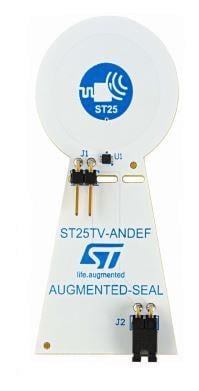
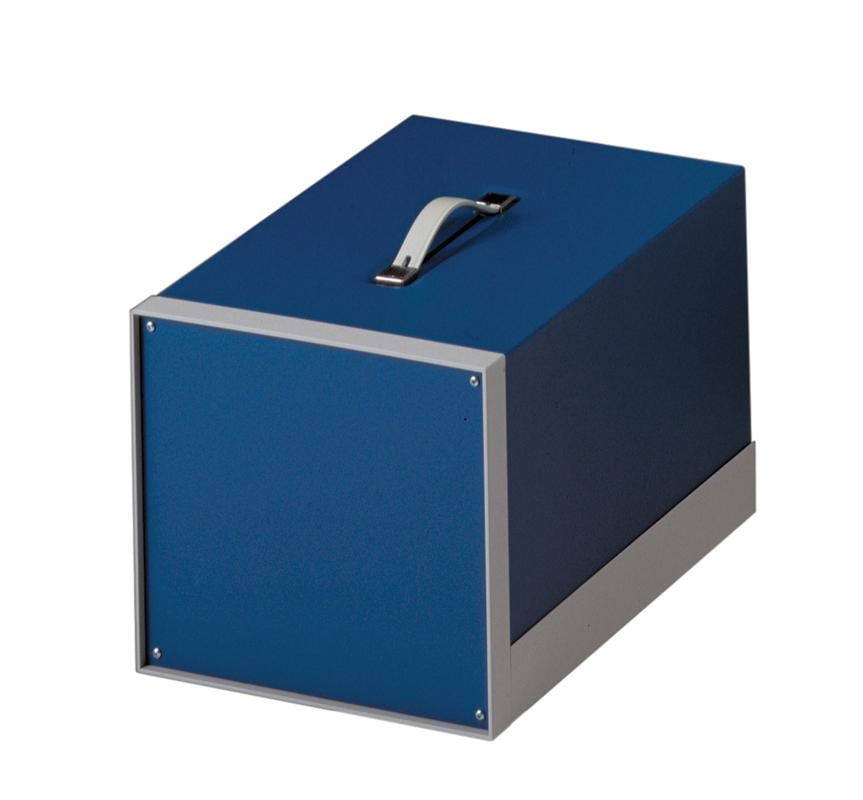
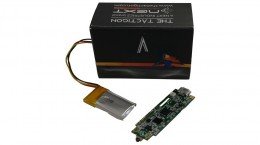





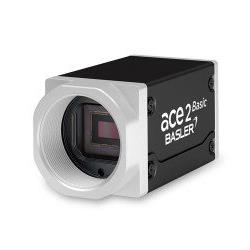



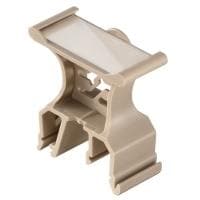



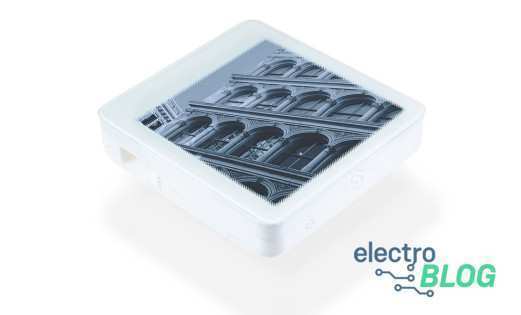
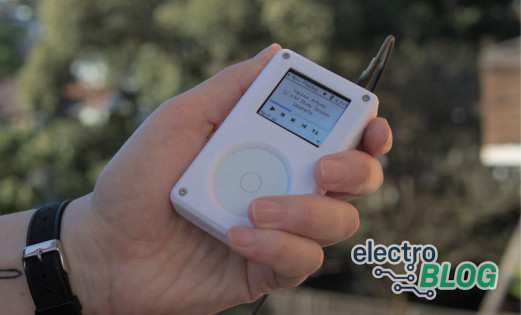
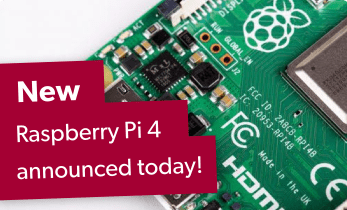
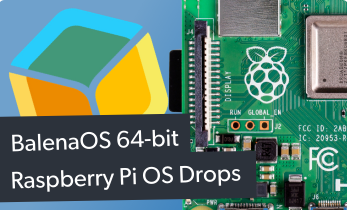
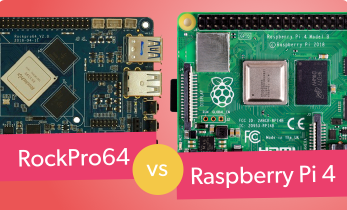
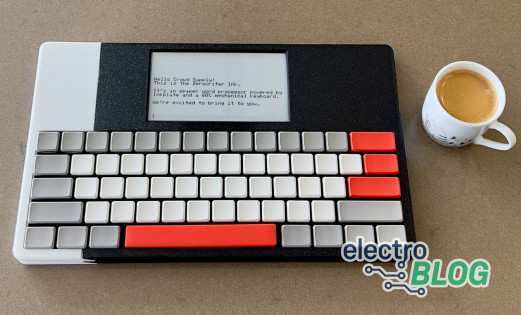
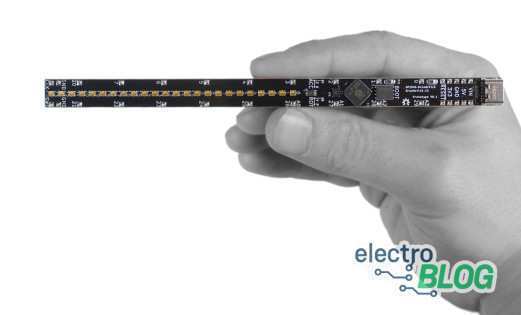


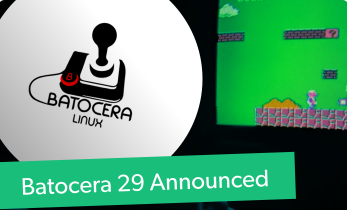


Leave your feedback...